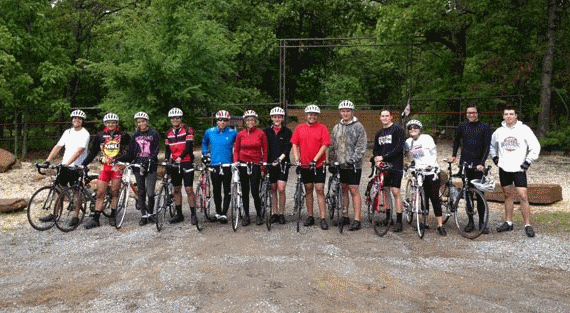Peter D’Errico, Indian Country Today Media Network
Berlin’s Museum of Medical History has entered the controversy about exhibition and repatriation of human remains. As The New York Times reports, the curators are “re-evaluating the principles that govern their displays as they confront a growing debate over what cultural organizations should be doing to preserve the dignity of the dead.”
Museums around the world have been grappling with consciences and protests about this for several years. Indigenous peoples bodies in particular have been the object of scientific collection and study, sometimes while they are alive—witness Ishi in the University of California: he was a research subject and assistant at the same time.
A truly bizarre chapter of science and bodies was discussed in a letter from Clark Mills, a 19th century American sculptor, in the Times, on May 22, 1882. Mills referred to the then-current debate about whether Indians could be “civilized or Christianized” after they were adults, or only while they were children, at the Hampton Institute. An Indian boarding school/concentration camp of the worst kind.
Mills’ first attempt to answer the question involved comparing casts of heads of “wild” Indians imprisoned in Fort Marion, Florida, under Captain R.H. Pratt, with casts of heads from “New York Indians, who had been civilized for a hundred years.” He made a subsequent effort with casts of “wild Indian children” brought to Hampton, to be compared with casts made after some period of “education.” Believe it or not: The catalog of Clark’s casts is at the Smithsonian Institution, with an explanatory letter from Pratt.
Nowadays, phrenology is considered a joke, if not a delusion. The fact that many 19th century thinkers took it seriously is just another pimple on the face of the history of science, although there is a “new phrenology” today, wherein neuroscientists are trying to pinpoint cognitive functions within the head (more precisely, within the brain). It seems that the lure of reducing everything to physiology still appeals.
The lure of dead bodies still appeals. A typical statement in opposition to the Berlin reevaluation and to repatriation efforts is that scientists have “more to learn” from the remains, especially now that DNA testing is available. DNA, by the way, is also a mode of science on living bodies, as evidenced by the Human Genome Diversity Project.
There are many examples of an unquestioning belief in the rightness of science. We hear them all the time. Sociologist Tiffany Jenkins, author of “Contesting Human Remains in Museum Collections,” quoted by the Times, says, “There’s a whole host of research that isn’t being done because it’s too sensitive.” The assumption seems to be that “sensitivity” is bad and “research” is good.
But look at the history of what we call scientific knowledge: it is not a straight line and it is not only and always “progress.” The brutality of some events—the Nazi medical experiments and the infamous Tuskegee syphilis experiment conducted by the U.S. Public Health Service—are well-documented and generally denounced today. What do they imply about science in general? At a minimum, they raise larger, deeper questions: What is science for? What role should it play in our lives?
Amidst the debates about skulls and blood and bones in museums and laboratories, not many people focus on these big questions. They argue about particular situations and specific museum collections, the small questions of science that may obscure the big issues.
The atrocities of science are enough to demonstrate that “scientific” is not synonymous with “good.” The atrocities prove we cannot say that whatever scientists want to do should be done, or whatever they want to study should be studied.
Odd as it may sound to those who think that science is the root of understanding, the real task is to understand science. And that means doing something “sensitive,” like asking moral and social questions, philosophical and ethical questions. We must have a standpoint of knowledge outside science, a way to evaluate what we know or think we know.
These questions bring us into the domain of what has been called epistemology, the theory of knowledge. It’s enough to make your head spin. I’m not arguing that science is “bad” or “good.” I’m not suggesting that there is a way to answer the deep questions once and for all. I am arguing that blindly following scientists is the blind leading the blind. I am suggesting that no scientific inquiry is exempt from question.
Much science is aimed at control and destruction: how to dominate and how to blow things up. How did we get here and where are we going? How much of what we are doing in the name of life is bringing death? The fact that money dominates science means that science is pursuing greed. There are those who say that greed and domination and destruction are inevitable. I say that’s open to question. It’s just another belief, not a scientific conclusion.
Peter d’Errico graduated from Yale Law School in 1968. Staff attorney in Dinebeiina Nahiilna Be Agaditahe Navajo Legal Services, 1968-1970. Taught Legal Studies at University of Massachusetts, Amherst, 1970-2002. Consulting attorney on indigenous issues.
Read more at http://indiancountrytodaymedianetwork.com/2013/06/01/bodies-and-bones-what-science












